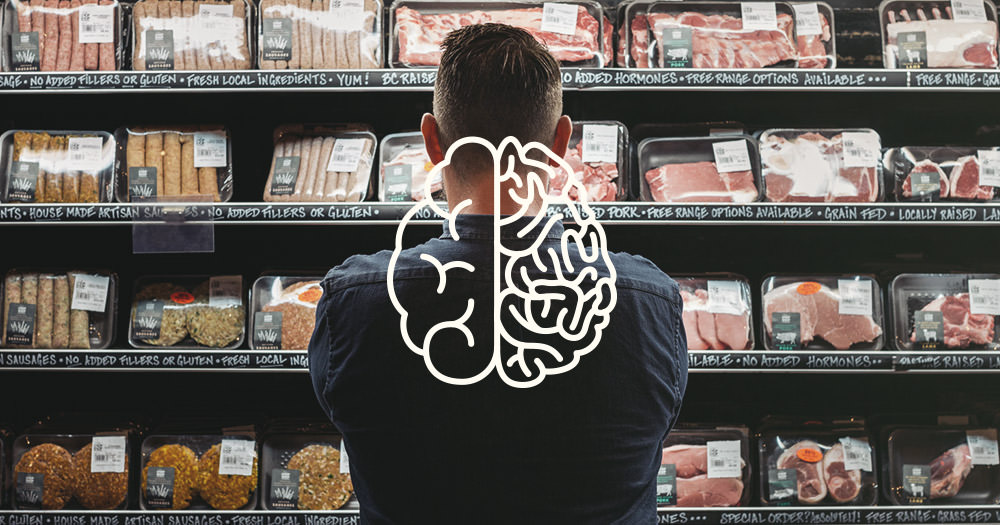
The Stranger Within: How Your Subconscious Affects Brand Choice
Let’s take a quick quiz. If you were to give an initial answer to the two items below, what would it be?
a) 2×2=
b) 17×34=
For item (a), the answer “4” automatically came to mind. But I bet many of you gave up on (b) and thought “too complicated, not worth the time.” Why is this? It’s not that you couldn’t solve (b). It’s that you didn’t want to. You unconsciously solved the 2×2 computation because your memory intuitively recognized it. However, 17×34 required more effort. These differences are referred to as System 1 and System 2 thinking, a process developed by psychologist Daniel Kahneman to help explain how we make decisions:
- System 1 processing is what happens automatically in your mind, without your conscious control. It’s fast and is based on associations and familiarity (i.e., completing the phrase “bread and …”). Therefore, it doesn’t take a lot of effort. It just “comes to mind” since it’s on auto-pilot and always operating. It’s also often an emotional reaction.
- System 2, on the other hand, is deliberate and based on reason. It requires more effort and attention to the task at hand and is therefore used for more complex decision-making (i.e., choosing a college, purchasing a home, etc.). It’s also slower, since it requires time to analyze the situation, and tends to be lazy. We don’t employ our System 2 unless we have to, preferring to rely on the gut instinct of System 1.
So, this may be interesting but why is it important for branding?
Even when consumers believe they are making rational decisions, their System 1 instincts are often navigating an onslaught of choices. In these instances, System 2 is frequently used as an intellectual alibi or rationalization for their gut choice. For example, they may be grabbing the jar of Ragu because they unconsciously associate the gondola on the label with their memories of Venice, but they’re telling others it’s because it has authentic ingredients.
But how can we understand both the instinctual as well as rational drivers behind consumer behavior?
Historically, most market research has focused on the more rational system of thinking. We’ve used surveys, interviews, focus groups, etc. to help consumers communicate their conscious thought processes. However, we now have research tools that tap into their unconscious motivations and help us gain a more holistic view of the consumer. Here at Fountainhead, we are using online platforms that employ visual stimuli to measure reaction time, eye placement, emotional associations, etc. to uncover System 1 motivators. These methods can also be incorporated into traditional online surveys to help capture conscious as well as unconscious brand perceptions. The end result is a powerful brand positioning that incorporates both instinctual responses and the reasoning used to validate the purchase.
To learn more about these methods and find out how you can successfully position your brand as the intuitive choice, contact Jeane Kropp at [email protected]



